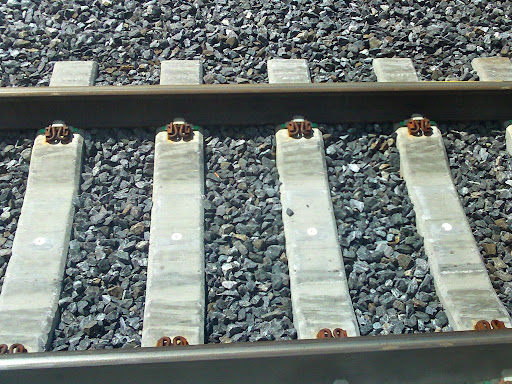Joel N. Weber II
Engineer
When I was commenting that nearly all of Amtrak's equipment is capable of operating at 110 MPH, I neglected to note that many P42 locomotives do not have any sort of cab signal or automatic train stop equipment that would allow them to legally excceed 79 MPH in the US.Going beyond that however, except for locos that operate on the SWC, Michigan services, and the NEC, all P42's are programmed to shut the train down if the engineer remains above 79MPH for any major length of time.
However, the traction motors on all of the P42s are geared for 110 MPH, and I think if for some bizarre reason Amtrak were to decide to sell them to VIA Rail, the only thing VIA Rail would have to do to be able to operate those locomotives at 110 MPH in Canada would be to update the settings on the P42s' computers to allow the faster speed.
And the reason many of the P42s are limited to 79 MPH is that so many Amtrak routes cover 0 miles with cab signaling or automatic train stop, and so investing in that extra equipment for the locomotives in the short term would be pointless. When the signal systems installed along the track are upgraded, upgrading the equipment in the locomotives should be relatively easy.





